Ah, spring. The sun is shining, the trees are budding, and most importantly, the ground is thawing. Interested in growing your own fruits and veggies this season? Wondering what to plant in the spring? Here are a few low-maintenance spring fruits and vegetables you can raise—even as a beginner.
HONEYDEW
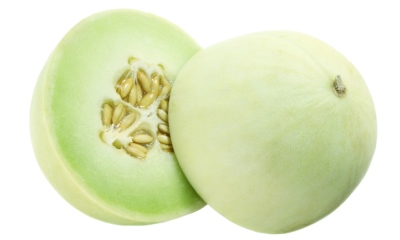 Honeydew is best planted in late spring, when the soil is warm. Build planting “hills” that are about three feet wide and flat on top, in well-spread rows. Dig out small moat-like circles around each mound. Add fertilizer or compost to your soil to help your new plants grow (melons do well with manure). Next, add four to six seeds in each hill, pushing them an inch into the mounds.
Honeydew is best planted in late spring, when the soil is warm. Build planting “hills” that are about three feet wide and flat on top, in well-spread rows. Dig out small moat-like circles around each mound. Add fertilizer or compost to your soil to help your new plants grow (melons do well with manure). Next, add four to six seeds in each hill, pushing them an inch into the mounds.
CUCUMBER
 Cucumbers are great for spring planting. To enjoy fresh cucumbers all summer long, you need to plant them two weeks after the last frost. Cucumbers require a lot of sunlight and fertile soil in order to flourish, so pick a sunny spot and add lots of fertilizer. Plant the seeds in rows that are six feet apart.
Cucumbers are great for spring planting. To enjoy fresh cucumbers all summer long, you need to plant them two weeks after the last frost. Cucumbers require a lot of sunlight and fertile soil in order to flourish, so pick a sunny spot and add lots of fertilizer. Plant the seeds in rows that are six feet apart.
BEETS
 Beets are a great choice for early spring. These spring plants do well right after the last frost when the ground is cold but not frozen—they don’t grow as well if it’s too hot. Beets don’t need a lot of space, so they can be grown in pots. If you decide to plant them in the ground, use a garden tiller to make sure the soil is loose and rock-free. Soak the beet seeds in warm water to soften the shells before planting them half an inch in the ground. Spread the seeds out three inches apart. Once the seedlings appear, make sure the soil is consistently moist by watering them often.
Beets are a great choice for early spring. These spring plants do well right after the last frost when the ground is cold but not frozen—they don’t grow as well if it’s too hot. Beets don’t need a lot of space, so they can be grown in pots. If you decide to plant them in the ground, use a garden tiller to make sure the soil is loose and rock-free. Soak the beet seeds in warm water to soften the shells before planting them half an inch in the ground. Spread the seeds out three inches apart. Once the seedlings appear, make sure the soil is consistently moist by watering them often.
CARROTS
 It might be a little late for carrots (they’re best planted a few weeks before the last frost), but you can still meet with success if you plant them right now. The orange veggies do best in loose soil that is free of rocks. Plant the seeds three inches apart in rows that are a foot apart. Don’t use manure in the soil or else your carrots may end up growing extra legs (really!).
It might be a little late for carrots (they’re best planted a few weeks before the last frost), but you can still meet with success if you plant them right now. The orange veggies do best in loose soil that is free of rocks. Plant the seeds three inches apart in rows that are a foot apart. Don’t use manure in the soil or else your carrots may end up growing extra legs (really!).
TOMATOES
 Tomatoes are sun-worshipers and do best in warm soil, so it’s best to plant them in late spring. Add lots of compost and fertilizer to the soil so that the tomatoes get enough nutrients. The plants also need lots of growing room, so place the seeds far apart.
Tomatoes are sun-worshipers and do best in warm soil, so it’s best to plant them in late spring. Add lots of compost and fertilizer to the soil so that the tomatoes get enough nutrients. The plants also need lots of growing room, so place the seeds far apart.
PEPPERS
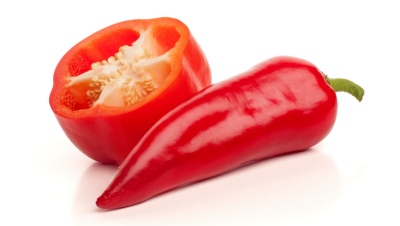 Peppers are a little trickier to grow if you don’t live in a warm climate. To make them work in colder weather, most gardeners will start by growing the seeds inside and transplant them after 8 to 10 weeks. Begin by putting the seeds in a warm, wet paper towel inside a plastic bag. Once the seeds sprout, they can be moved to a pea pot, and eventually into the ground. They shouldn’t be planted outside until the overnight temperature is 55°F at the lowest.
Peppers are a little trickier to grow if you don’t live in a warm climate. To make them work in colder weather, most gardeners will start by growing the seeds inside and transplant them after 8 to 10 weeks. Begin by putting the seeds in a warm, wet paper towel inside a plastic bag. Once the seeds sprout, they can be moved to a pea pot, and eventually into the ground. They shouldn’t be planted outside until the overnight temperature is 55°F at the lowest.
BEANS
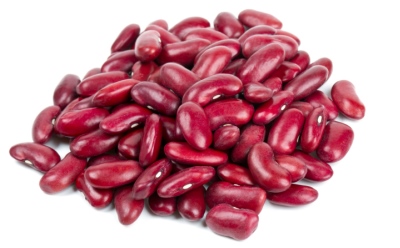 Unlike peppers, beans are not likely to survive being transplanted. Instead, these plants should be reserved for places with six hours of uninterrupted sunlight. Seeds should be planted one inch into the soil, about three inches apart from one another. If you opted to plant pole beans, keep in mind that they will grow vines and need stakes or trellises to cling to.
Unlike peppers, beans are not likely to survive being transplanted. Instead, these plants should be reserved for places with six hours of uninterrupted sunlight. Seeds should be planted one inch into the soil, about three inches apart from one another. If you opted to plant pole beans, keep in mind that they will grow vines and need stakes or trellises to cling to.
BROCCOLI
 Broccoli can survive in colder climates and thrives in slightly acidic soil. Plant the seeds half an inch underground. You can start to fertilize three weeks after planting.
Broccoli can survive in colder climates and thrives in slightly acidic soil. Plant the seeds half an inch underground. You can start to fertilize three weeks after planting.
GARLIC
 Garlic is a cinch to grow, and as an added bonus, the stinky plant works as a natural insect repellent. It’s normally planted in fall, but early spring is also an option. Plant your cloves two inches into the soil and four inches apart. Make sure to cut off any flower shoots that may pop up in the spring, as they inhibit bulb growth.
Garlic is a cinch to grow, and as an added bonus, the stinky plant works as a natural insect repellent. It’s normally planted in fall, but early spring is also an option. Plant your cloves two inches into the soil and four inches apart. Make sure to cut off any flower shoots that may pop up in the spring, as they inhibit bulb growth.
POTATOES
 Potatoes are a hearty plant that can survive a frost or two, which means they can be planted right at the beginning of spring. Make sure the dirt is slightly acidic and loose—tightly compacted soil leads to malformed potatoes. To plant, cut up a potato and plant the chunks, eye side up, four inches deep. When the stems of the plants reach eight inches, start to cover the bottoms with extra soil. Sunlight makes the potatoes green and bitter tasting, so it’s best to keep them well covered.
Potatoes are a hearty plant that can survive a frost or two, which means they can be planted right at the beginning of spring. Make sure the dirt is slightly acidic and loose—tightly compacted soil leads to malformed potatoes. To plant, cut up a potato and plant the chunks, eye side up, four inches deep. When the stems of the plants reach eight inches, start to cover the bottoms with extra soil. Sunlight makes the potatoes green and bitter tasting, so it’s best to keep them well covered.
ONIONS
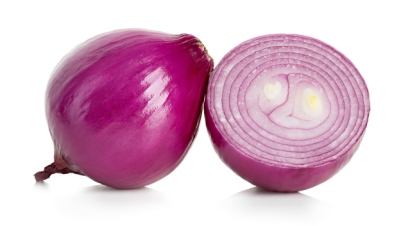 Plant onions in soil mixed with compost in early spring. The bulbs should be placed about six inches apart. A steady supply of water is needed for the little bulbs to grow, but they’re heartier than they may appear and can snap back from a drought.
Plant onions in soil mixed with compost in early spring. The bulbs should be placed about six inches apart. A steady supply of water is needed for the little bulbs to grow, but they’re heartier than they may appear and can snap back from a drought.
RASPBERRIES
 These antioxidant-packed berries are perfect for summer fruit salads. They can be planted in the summer, but early spring yields the best tasting crops. The berries are prone to root rot, so they do best well in a raised bed with rich soil that drains well. Manure or compost will help the fruit really flourish.
These antioxidant-packed berries are perfect for summer fruit salads. They can be planted in the summer, but early spring yields the best tasting crops. The berries are prone to root rot, so they do best well in a raised bed with rich soil that drains well. Manure or compost will help the fruit really flourish.
Plant well, eat well! Check out these healthy spring eating choices to get you back on track!

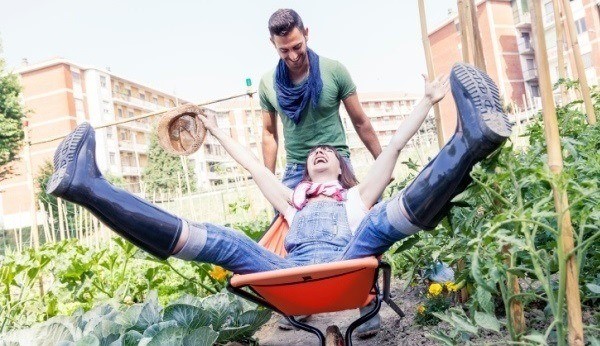


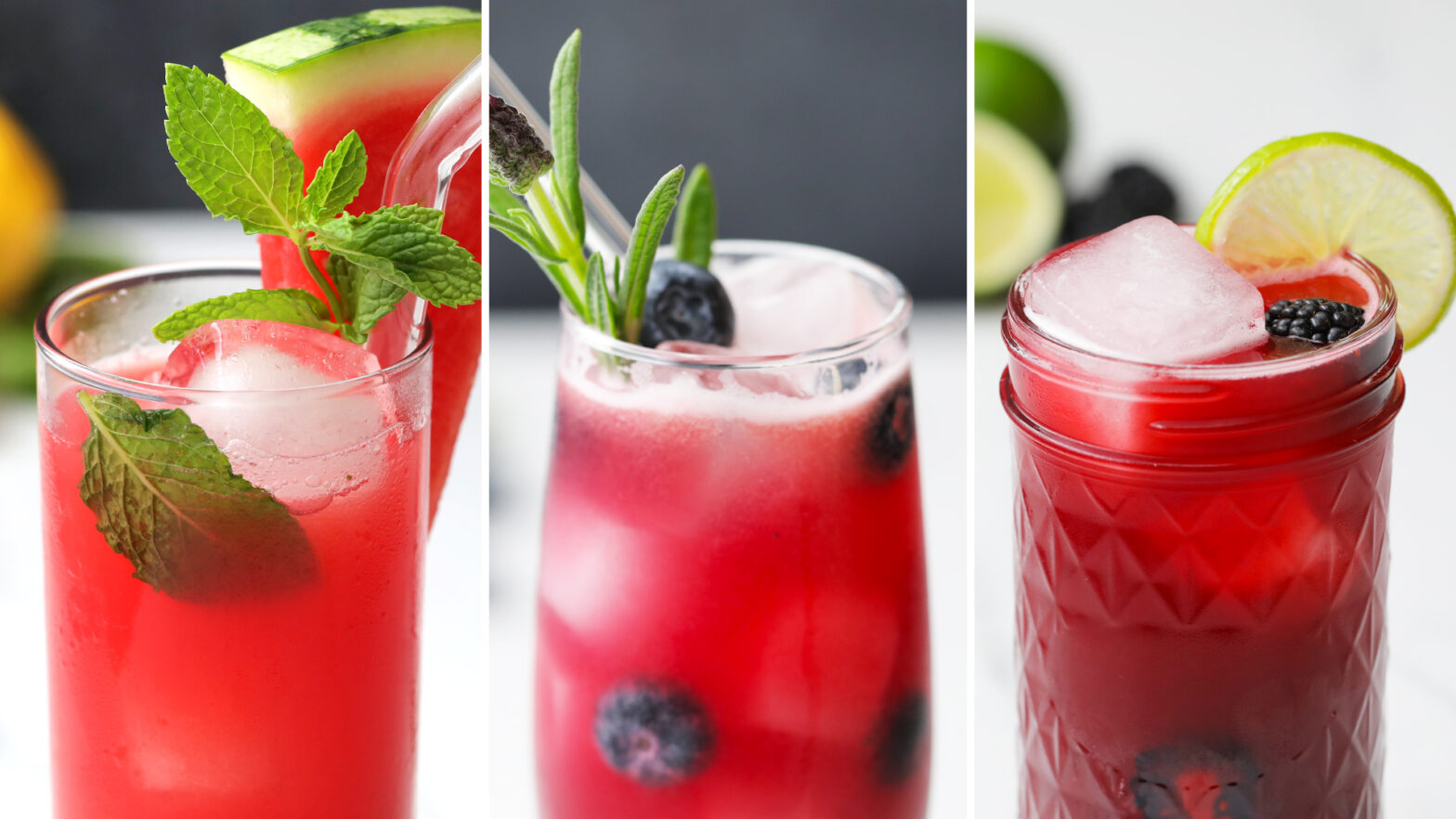
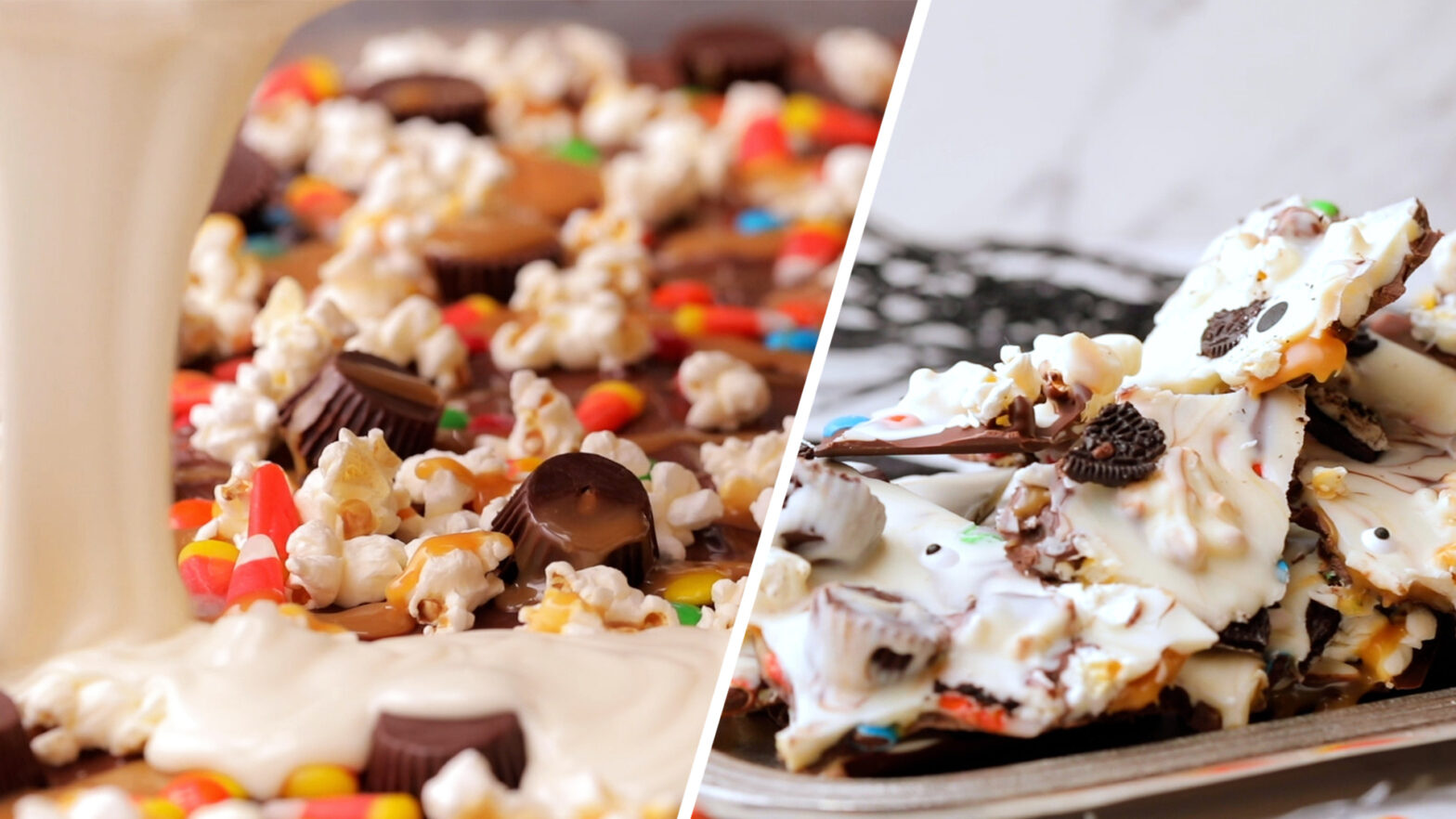
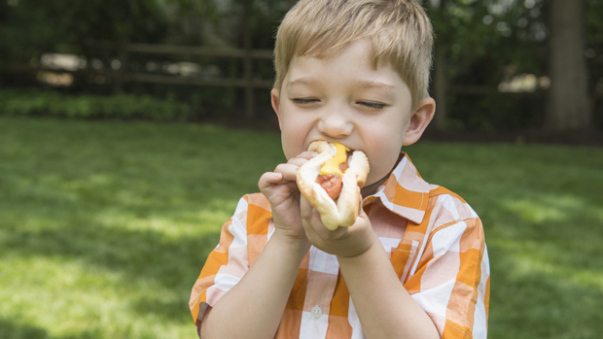
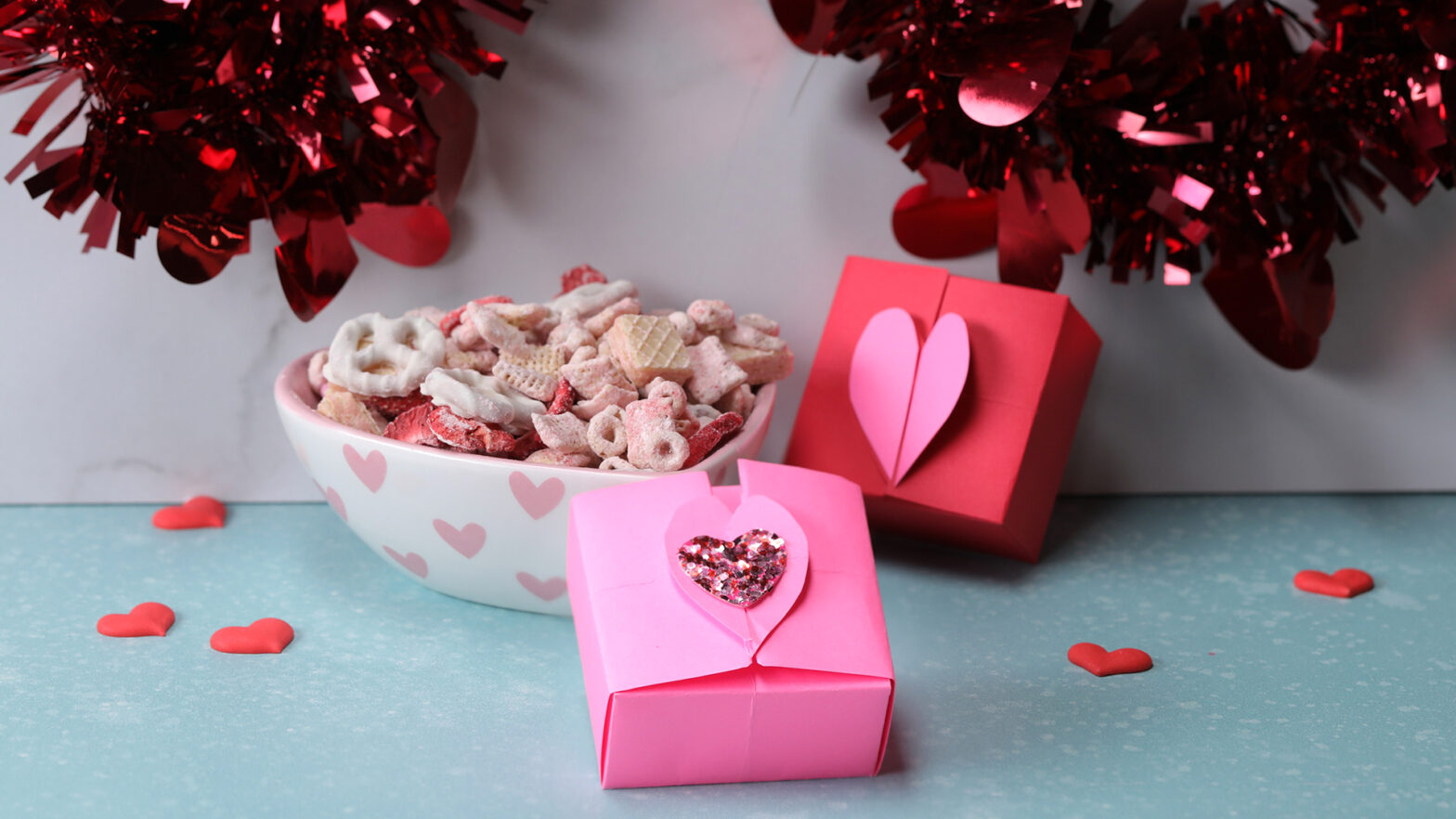

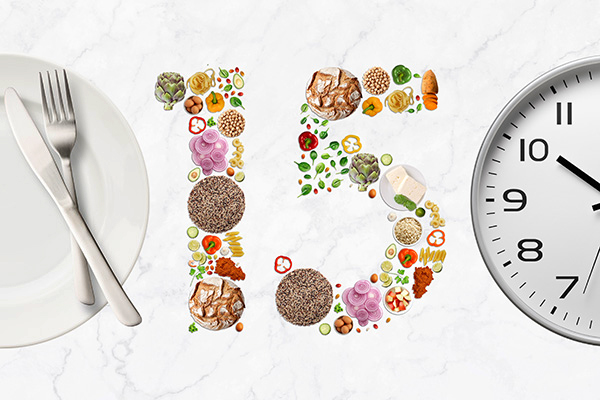
Botha says,
I need more help in planning vegetable in my garden
Like potatoes, beans, carrots 🥕, pees, beets, rab and spinach. Is possible to make different pots in one yard for all of them?
Riley Womac says,
nice things to grow in a garden.
Rowena A. Long says,
This is great for a beginner not familiar with growing a garden. I have cabbage, collards, broccoli, onion,peppers, sweet potatoes, okra beets, tomatoes celery,white potatoes etc. And a strawberry patch and melons . I’m adding corn and cucumbers.
JOSE PINO says,
HARD TO GROW A GARDEN WHEN ITS HOT,AND LITLE RAIN,,POOR SOIL TOO,,MY AREA ONE, OR, 2 TIMES A MONTH THAT RAINS,,IN SPRING,,,,,,,SUMMER HOT AND RAIN,BUT GARDENS NO GROW IN THE SUMMER TOO HOT
Helen Durden says,
Thanks for the information. It’s nice to know someone care’s enough to think about their customer. I can’t wait to try out some of these plaints.
Terry says,
Very cool to have this info Thank you…….
Maria Dominguez says,
Muy buena in formación me gusta plantar sus consejos me servirán de mucho para mis plantas
Sharon Mercer says,
This is good to know and I really appreciate you all shearing with your customers. Great Idea, thanks.
Maribel Garay says,
Delicious fruit and vegetables
Tammy says,
Thanks for the info. I am looking forward to a bountiful spring harvest.
Irene Masuka says,
Thanks looking forward for a healthy garden
amy says,
this is awsome
Nadezhda says,
Thank you
rukaya says,
i love it
johnny says,
wow, thanks! ill definitely plant one of these fruits/vegetables.
Jasmine says,
Very nice
tim says,
it is very helpful for my reaserch
wesley says,
thank u
Rowena A. Long says,
I water my garden and mulch with leaves. It doesn’t take much watering.
Rowena A. Long says,
How THOUGHTFUL of our insurance company. You really appreciate your customers. 😊